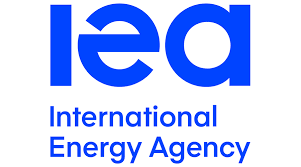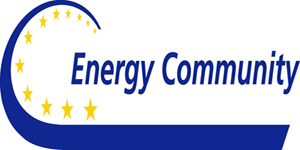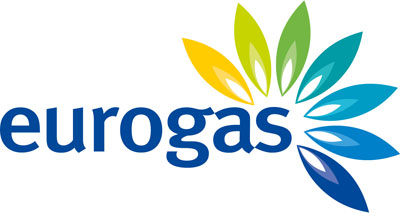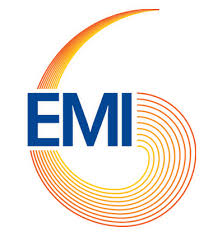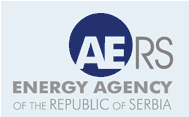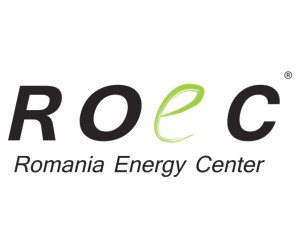EU ambassador met on November 22 endorsing the provisional deal reached between the Estonian presidency and the European Parliament on November 9 on the reform of the EU emissions trading system (ETS) for the period after 2020. The agreed text will now be submitted to the European Parliament for approval, the Council said on November 22.
"I am proud to announce the approval by EU member states of the reform of our emissions trading system which was agreed after lengthy negotiations with the European Parliament,” Estonia’s Environment Minister Siim Kiisler said, adding that COP23 set a clear path last week for the Paris Agreement implementation and the EU is delivering on its Paris promises. "We are putting in place a more effective ETS that will decrease emissions further, making our air cleaner and our industries more modern and competitive,” the Estonian minister added.
The ETS reform will help the EU to deliver on its target of cutting greenhouse gas emissions by at least 40% by 2030, as agreed under the 2030 climate and energy framework and the Paris Agreement.
In addition to contributing to emission reductions in a cost-effective way, the reformed system will encourage innovation and promote the use of low-carbon technologies, according to the Council. In doing so, it will help create new opportunities for jobs and growth while preserving the necessary safeguards to protect industrial competitiveness in Europe.
The revision will strengthen the EU ETS through the introduction of the cap on the total volume of emissions, which will be reduced annually by 2.2% (linear reduction factor (LRF)).
Moreover, the number of allowances to be placed in the market stability reserve (MSR) will be temporarily doubled until the end of 2023 (feeding rate).
Also new mechanism to limit the validity of allowances in the MSR above a certain level will become operational in 2023.
Moreover, the provisions of the new ETS directive will be kept under regular review, including carbon leakage rules and the LRF, and the Commission will assess the need for additional policies or measures in the context of each stocktake under the Paris Agreement.
Furthermore, the revised ETS contains a number of provisions to protect industry against the risk of carbon leakage and avoid the application of a cross-sectoral correction factor (CSCF).
One of the main provisions is that the share of allowances to be auctioned will be 57%, with a conditional lowering of the auction share by 3% if the CSCF is applied. If triggered, it will be applied consistently across the sectors.
Free allocation rules have been better aligned with the production levels of companies and the benchmarks used to determine free allocation have been updated.
The sectors at the highest risk of relocating their production outside the EU will receive full free allocation. The free allocation rate for sectors less exposed to carbon leakage will amount to 30%. A gradual phase-out of that free allocation for the less exposed sectors will start after 2026, with the exception of the district heating sector.
The new entrants’ reserve (NER) will initially contain unused allowances from the current 2013-2020 period and 200 million allowances from the MSR. Up to 200 million allowances will be returned to the MSR if not used during the period 2021-2030.
Member states can continue to provide compensation for indirect carbon costs in line with state aid rules. Reporting and transparency provisions are also enhanced, the Council said.
A key objective of the revised ETS is to help industry and the power sector to meet the innovation and investment challenges of the transition to a low-carbon economy.
For this purpose, the existing NER300 facility will be renewed, providing continued support for low-carbon innovation in renewables and Carbon Capture and Storage projects. Now called the Innovation fund, its scope will be extended to industrial sectors (including Carbon Capture and Utilisation), and its initial size coming from free allocation and auction is 400 million allowances. The fund can be increased by up to 50 million allowances, in case the conditional lowering of the auction share is not necessary or is needed by less than 3%.
A modernisation fund will be financed by auctioning 2% of the total allowances to foster energy efficiency and the modernisation of the energy sector in member states with a GDP per capita below 60% of the EU average. The fund can be increased by up to 0.5%, in case the conditional lowering of the auction share is not necessary or is needed by less than 3%. Most of the resources from the fund will be used to support investments in the generation and use of electricity from renewable sources, the improvement of energy efficiency, energy storage and modernisation of energy networks, in addition to support a just transition in carbon-dependent regions. Energy generation projects using solid fossil fuels will be excluded except for district heating in member states with a GDP per capita below 30% of the EU average in 2013. If this option is used, allowances of at least equivalent value are to be used for investments not involving solid fossil fuels for modernising their energy sector.
Low-income member states will also be able to modernise their energy sector up to a limit of 40% of the allowances for auctioning. This share can be increased to 60% from the solidarity share, provided that an equal amount is transferred to the modernisation fund, according to the Council.
https://www.neweurope.eu/article/eu-ambassadors-endorse-ets-reform-deal-european-parliament/


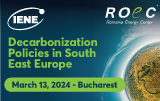

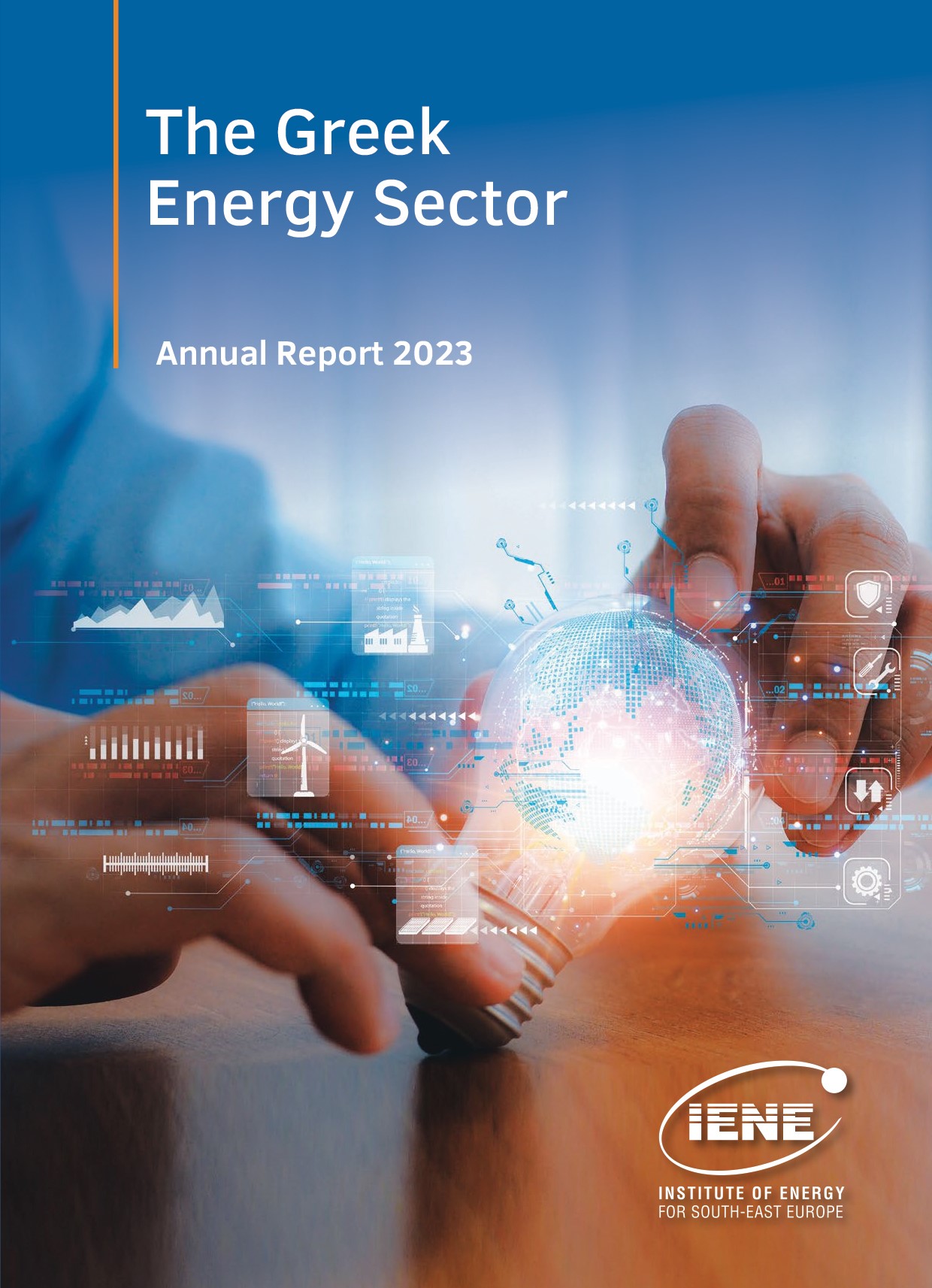

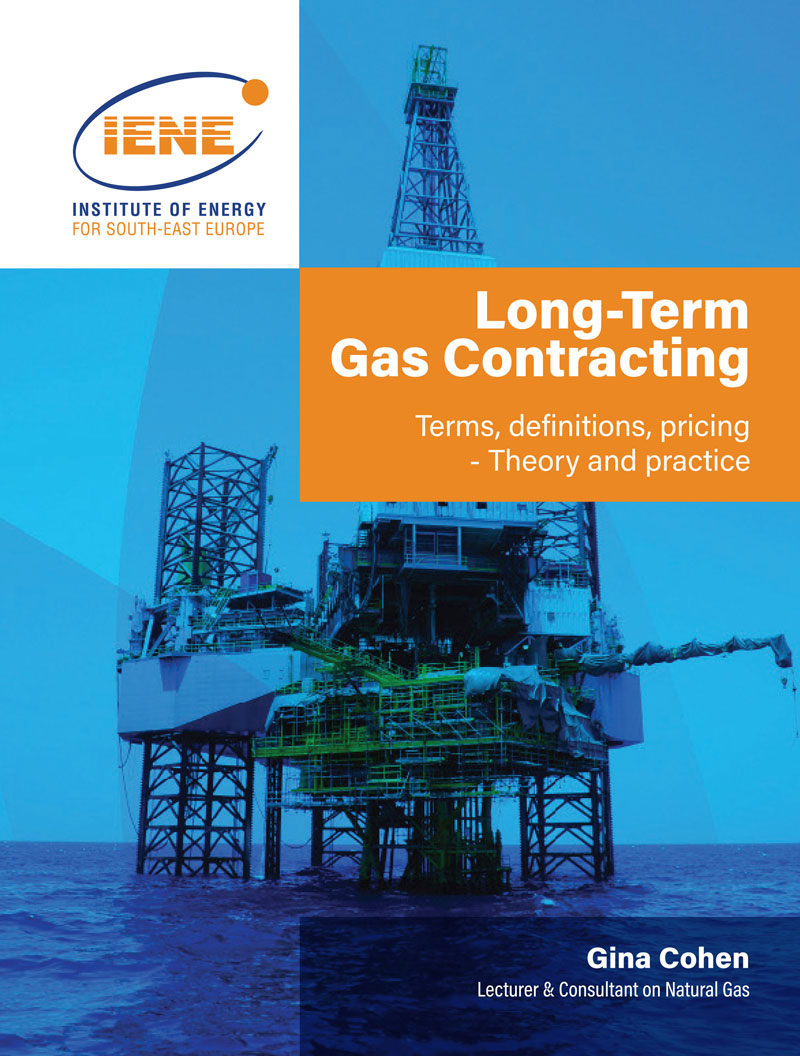 More
More
